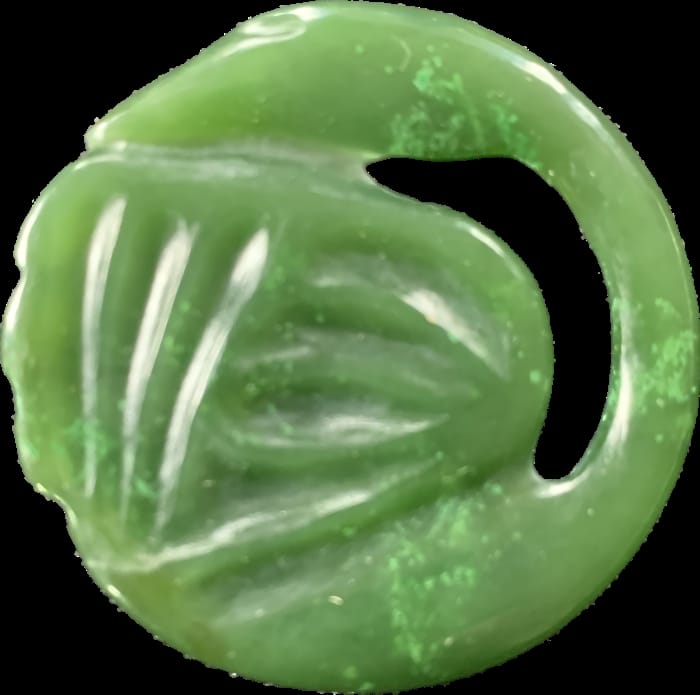Kings and Queens of a Lost Civilization?
Dr. Josh Stout discusses the importance and responsibility of making a new discovery. He shows evidence of strange connections between objects from a mysterious civilization and objects in the world's greatest museums.
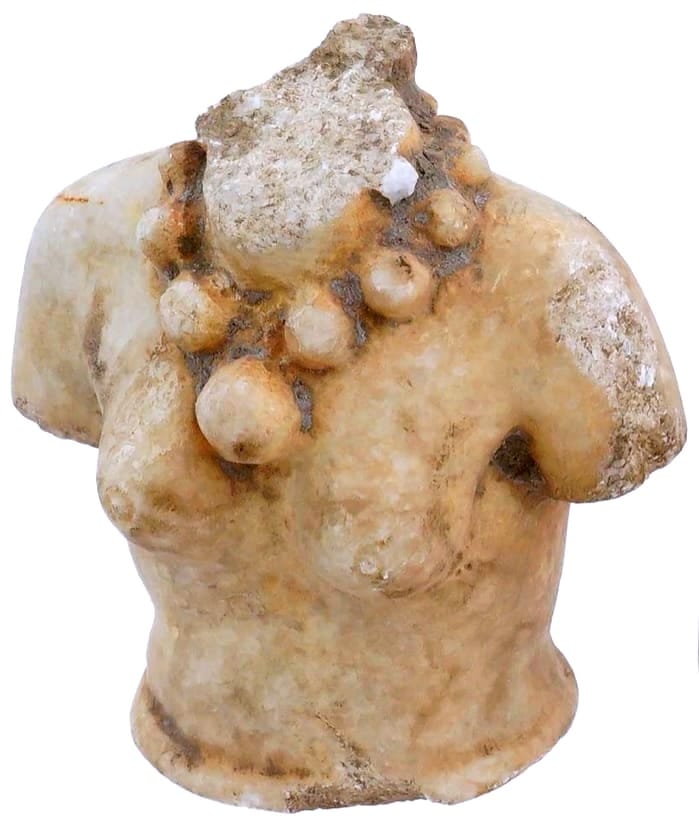
Below is lightly a edited AI generated transcript and there may be errors. Please scroll down for links below the transcript.
Eric:
Welcome back, everybody. Mind, body, evolution on video. Once again, we are back here talking about the possibility of something brand new with Dr. Josh Stout.
Dr. Josh Stout:Hello.
Eric:Alright. What, what are we, what are we talking about today, Josh?
Dr. Josh Stout:Well, this is a little bit of a continuation of what we were doing before. I'm looking at these artifacts again.
Dr. Josh Stout:I really don't know what these things are. They're coming from a site where everything is sold as fakes. And a reasonable person would assume that since everything they sell is fakes, they are fake. I'm not completely reasonable when it comes to these things. It's, it's a little bit of a, the excitement of gambling. It's a little bit of the excitement of maybe I've discovered something. Just have to reiterate.
Dr. Josh Stout:No one gets fooled like a scholar gets fooled when they think they see something. They find patterns in what might not be there, but I really think I've found these patterns. And that's really what makes me excited about this. And it's, it's, it's terrifying as well because where did these come from? Who's involved? There's got to be criminals involved with this somewhere. And so the whole thing is a little bit scary for me,
Dr. Josh Stout:but here we are, because I really feel also that I have an obligation. Now that I think there's this unexplored, unsubscribed civilization of 4,000, 5,000 year old artifacts from, uh, Sumerian relative, uh, related to Sumer civilization. Uh, I think it's really important to talk about them. Uh,
Eric:I,
Eric:I think it's really important to talk about them, but I also think that we need to, uh, establish when you say that, that there are probably criminals involved. You mean wherever these things were taken from, they shouldn't have initially been taken. And now the way they're labeled and the way that they're presented their fakes. And, and I, that, that's what you're referring to.
Dr. Josh Stout:Well, yeah, I mean, there is, there is no way to take something out of the ground really without, you know, signed archeological agreements with, with, with, you know, the, the, the country where these things come from.
Eric:I
Eric:mean, the fact is that it's not in a museum. If this is 6,000 years old, it should be in a museum somewhere.
Dr. Josh Stout:They probably should be in a museum.
Eric:But you have said that you would be happy to return it to a museum.
Dr. Josh Stout:Absolutely. If you can figure out where these are come from, I don't want someone to just take them away because they might be from somewhere. I, I, I would like to know. Yeah.
Eric:And
Eric:that's, and that's, that's, that's the mission here.
Dr. Josh Stout:That's the mission. Put the information out there. Maybe someone will help me figure this out.
Eric:All
Eric:right. So forgive me. I just needed to touch on that for a moment.
Dr. Josh Stout:Yeah. So, um, one of the reasons I want to talk about this and not just put it out there as a one time, hey, I found this balls in your court. Now, uh, rather than doing that, I wanted to talk about what these artifacts can tell me, what they can tell the world, uh, about the larger context of a Sumerian Mesopotamian civilization and what they can tell us about each other. So I look at one artifact and what does it tell me about the other artifacts. And so we started, uh, looking at this guy. He was, he's, he's, he's a
Dr. Josh Stout:King of Sumer. We talked about how he has this, uh, fake cuneiform on his back. You can see it right there. Those, those, those little markings right there. Um, and that he doesn't match, uh, a standard, uh, uh, Sumerian look. He's got the, the, uh, sitting, uh, way a Pharaoh would sit with his hands on his knees. Um, and I wanted to put that into the context of some of these other characters. These are the Kings of Sumer.
Dr. Josh Stout:So this is a King. Um, and, uh, we can see his offering bowl. We can see he has holes drilled in here and like the other King we were just looking at, he's made of granite. So this was terrific amount of work. These little holes here come out here. So there could have been a wire down coming down. Something could have been sticking out. Something else would have been sticking up. And this offering bowl goes down very, very deep.
Eric:So why would a wire have gone through that?
Dr. Josh Stout:to hold something? Uh, who knows what it was? Uh, and it kind of had to be a wire. A string wouldn't work in the, quite the same way. Um, and, uh, again, drilled by hand through granite. So this took a terrific amount of work. You can see his little, little, uh, hairstyle up here. Um, and I think that this is, you know, the, the hairstyle of Kings. This is the, the look of them. They can see they have a beard. There were some clean shaven ones. The ones, uh, the one I showed previously was a clean shaven one, a little closer to some of the, um, Sumerian clean shaven Kings that they would show. Uh, but these ones also have, have, have the ringlets coming down that the hair and, and, and, and, and the beard. You know, these are, these are classic Assyrian Babylonian looks of, of a king.
Dr. Josh Stout:Now, um, the interesting thing about this is these were not alone. So these two artifacts I've just shown you were part of a larger group of Kings. Many of them, instead of the alabaster that most of the artifacts were done, were done in granite. Granite is harder. It lasts longer. And some of them came in pairs. So the next thing I want to show you is ones I don't have, but these were, were, uh, at auction and, uh, someone else got them.
Eric:So we're going to, we're going to start the, uh, presentation. Yeah. So I want, I want to, yeah.
Dr. Josh Stout:So I want to show you the presentation.
Eric:All right.
Dr. Josh Stout:So these are,
these are the Kings and Queens and, uh, the first one, um, uh, Oh, this is not advancing. There we go.
Dr. Josh Stout:The first one is actually a match to that King. So I think this is the Queen. So this is the Queen that would have been sitting right next to that King that we just saw.
Eric:So you're saying this was sold at the same,
Dr. Josh Stout:same auction
Eric:house,
Dr. Josh Stout:same, same time. Yeah. And
Eric:so you really think this was the companion to
Dr. Josh Stout:that's the companion piece. It's the same size made out of the same material in the same posture. And she has the same holes carved in her hands in the same way.
Eric:Look at that.
Dr. Josh Stout:And the same offering ball. And so you can see every, everything is, is, um, you know, similar, but I'm calling her a queen because, uh, as you can see, she, she does not have a beard. She has a different hairstyle. I think this is a female hairstyle. Now I can't prove it. Uh, but, uh, this, this is, is, is I'm taking to, to, to mean that, that we're looking at, we're looking at a, a female character. She would have been sitting next to what I think was the male character. Uh, and so I'm calling her a queen. I'm calling the other one a king. And, uh, they were made out of more durable materials. They're still involved with offerings. So this would have been the, the, the queen sitting next to the king with identical offerings to the god, sitting there continuously throughout time offering to the gods. All right. All right. So I want to move on from this, uh, and you can see her sitting there in that same kind of, uh, Egyptian posture, uh, but still reverentially looking at, uh, at the God. Uh, you can see some details of her face there. Um, noticing the hair comes up, uh, uh, up above her head like that. Uh, here we can see the hairstyle in the back. She actually has holes drilled in the back of the granite. Those dark dots are, are more holes. So she could have had things attached to her hair there. So probably her, her, her hairstyle would have had things coming out of it, almost like a Chinese hairstyle with all, all, all, all, all the decorations coming out. Uh,
Dr. Josh Stout:and then this is the next one. So this is a, another Lamassu, but we noticed that, uh, she has a very similar kind of hairstyle with that hair framing her face, uh, coming up.
Eric:Now, going back, going back to, you know, to, to last week's discussion about the Lamassu, what, what defines this as a Lamassu? What is it?
Dr. Josh Stout:So
Dr. Josh Stout:these are animal human hybrids, often with wings. They're apotropaic, they're protective. Um, but these ones in particular made of granite and with the flat faces, I think are perhaps depictions of actual people. And so these, this would be, this would have been a ruler. Um, it's still a little bit, bit generic, but you can see the wings there and notice that she does not have a crown, but she does have a necklace. Yeah. Uh, again, something we associate with, uh, female characteristics, not necessarily a hundred percent, men can wear necklaces. This could be a male figure. It's really hard to tell. But to me, uh, I, I, I think this is a Lama, which is the female form of Lamassu. So this is a female apotropaic, uh, thing in the, in the form of a queen, I think, uh, wearing her necklace. And you can see there's there, uh, I think she might've had her nose sanded off. She might've been made this way, but you know, many ancient statues are missing noses and it would've been very difficult to break her nose off. Uh, so they might've just sanded it flat. It looks, it looks like it was sanded flat. It's very odd.
Eric:I don't, I don't understand. Why would, why would they have sanded it instead of, you mean to disfigure it? They were purposely trying.
Dr. Josh Stout:Yeah. So that's very common in the ancient world. If, if you, if you conquered someplace and you want to, uh, insult their king or queen, you take their nose off.
Eric:Okay. That. Yeah. All right.
Dr. Josh Stout:Yeah. Cutting off your nose to spite your face. Yeah.
Eric:All right. There you go.
Dr. Josh Stout:Yeah. So we, we know about this. So here she is. You can, you can see she's got a, uh, uh, maybe the, maybe the body of a sheep, uh, with wings. Uh, but she, I think is herself a queen. Uh, you can see the sort of sheep tail there in the back and you can see the, uh, you know, solidity of the granite. Uh, and then decorating. You can see her hair hanging down in the back, uh, between the wings. Uh, and notice how she was, uh, uh, set here. So those were, um, three little, uh, four little, uh, dishes on her legs. So she would have been sitting on a pedestal. This is what I want to find. If, if someone goes and finds the lost city where there are four pegs that match her, that would be the best. That would mean, you know, this, you know, that's where she came from. Um, and I think she might've been matched with this fellow here. Yeah. Uh, so this, this, uh,
Dr. Josh Stout:This one is a male Lamassu. You can see the beard coming down. He does not have wings, but he's still an animal human hybrid.
Eric:Definitely have similarities in those chubby legs and the way they fall out of the body and the way the head comes up from the, it's all very similar.
Dr. Josh Stout:So he is wearing a horned crown showing divinity and kingship. So he's got those two curled horns on his head. Uh, and, uh, he actually also has, um, uh, those, the, the, the, the, the, the, the lambs wool or the, the, the sheep wool on his body is made out of actually the same kind of, um, uh, shapes that they would use to show their skirts. So when the original king, uh, and granite I was showing was wearing a skirt, it was in those same shapes. It's also, it's also, many of the wings are done like that. So those can be representing feathers. They can be representing, uh, the skirt that a king wears. And, and in this version, it's, it's done as the actual, um, you know, the, the, the, the, the wool of the sheep. Uh, and you can see he did not lose his nose. And so, uh, you can see, he's done a little bit more detail still.
Eric:And it's a very human looking nose.
Dr. Josh Stout:Very human looking nose. Uh, his beard has been drilled. He's got a long, long, uh, mustache there. The eyes aren't so much inset as carved, but with separate, um, uh, uh, separate, uh, pupils. Uh, and these long, uh, arches into the nose, uh, from, from the, uh, eyebrows. That's very, uh, Sumerian in its construction. Uh, later Greek stuff would sort of take that perhaps, uh, thin it out, make it a little more elegant. Uh, but this, but the form you see here is, is, is very Sumerian. Uh, in the back here, you do not see a sheep's tail. I suspect that's actually his testicles you're seeing there. So it shows his, his manly kingliness. Uh, and so he, he, he's, he's very well endowed there. Um, you can see his hair, uh, different from, uh, the, the, the queen's hair. Uh, and again, you can see he was perhaps a match or, or, or in the same section. So he would have been on the similar pedestal standing on the four feet. And so you get this sense of, uh, continuity between pieces. The idea that you have these Kings and Queens made out, made out of granite. Uh, they're, they're, they're, they're longer lasting. They have characteristics that look a little bit more like specific people. They're not just sort of this animal human hybrid, but they're, they're looking like, like, like real characters. Yeah. And so that's why I'm thinking of these as, as the Kings and Queens. All right. Next one.
Dr. Josh Stout:Uh, some of them didn't make it. So some of them are just heads. Uh, this is, this is in a, in a, got this, um, dark pigmentation or reddish pigmentation all over it. Uh, whenever I'm looking at artifacts online, that's a signal that I'm definitely looking at a fake. Those colors are how people cover over, um, uh, rocks that where they want to, uh, you know, pretend to have a
Eric:Do you think this is a fake fake?
Dr. Josh Stout:No, I don't. I think perhaps this is an example of, this is what the people are trying to fake. This is what the real colors look like that the fakers are using. Interesting. But you never run into it for sale for, in reality, because that's always been cleaned off before they go for sale. And so when you see something like that, you're like, ah, yeah, I know that they painted basically over what was a brand new rock.
Eric:So this is going in, in with your theory of, there were some giant, beautiful things. And then a bunch of small things that were thrown into a box. They didn't even clean it up there.
Dr. Josh Stout:They
Dr. Josh Stout:didn't. Yeah. Didn't even bother
Eric:the way they found them
Dr. Josh Stout:or, or, or it's a fake. I really don't know.
Eric:Right.
Dr. Josh Stout:Uh, but in this one, you can see, you know, he's, he's, he's been, he's got a lot of wear. Uh, he has a lot of, um, uh, uh, discoloration in it. The head was knocked right off of something. So it was, it was broken. Do notice the ear, uh, these stylized ears. Uh, with a sort of spiral shape in them are very characteristic of, of all of these, these groups. Um, and we'll, we'll see it in, in, in, in, in another talk where I focus on those ears. Those are not the ears you see on say a Roman statue, uh, or classical work. Um, but they're really consistent, uh, uh, with the, with this group of, uh, pieces. Um,
Dr. Josh Stout:and here we have a, a, a, a, a queen perhaps. Uh, and so she has that same hair coming up, framing her face. Uh, so very similar hairstyle. Again, don't know for certain if this is even a female, but my-
Eric:She'd
Eric:look to have been sanded flat.
Dr. Josh Stout:And she does look sanded flat in a very similar way. Now, some of that could just be thousands of years of sand blowing in her face. Uh, but it also, you know, it really looks like perhaps her nose was sanded in a similar way, uh, to try and get rid of it. Um, looking at the side, you can see how the, uh, the hair comes up. Uh, it has that similar hairstyle. I don't know if that's a hat. I don't think it is. I think that's her actual hair. Uh, it might've been visibly hanging down and back, but she's broken there. Uh, other perspective. Agai, you can see that same kind of pattern with the, uh, the hair sticking up and, and, and, um, all the way around. Now I didn't, uh, I did, I did, I, as again, I didn't buy these ones, so I don't, I don't know for sure what they look like. But, uh, when I was picking up one of the other statues, I saw this in the store and the, uh, the hair was actually a lot more detailed than it looks in these pictures.
Eric:you've had this particular one, you've actually seen it.
Dr. Josh Stout:I saw on a shelf. I, I did not feel comfortable taking a photograph or anything like that. Probably a good choice. Probably a good choice. But I, I saw it and said, oh yeah, that's a, that's a nice head there. Um, but, uh, was unable to get it at the auction. Yeah. All right. Uh, continuing on. Um,
Dr. Josh Stout:this does not specifically show a king, uh, but there's that seated king you see, uh, there at the lower bottom. Now this one is interesting. The hands do look like they might be clasped in front in the more classical Sumerian style. It's in alabaster. I'm not even convinced this isn't a fake. This one might be a fake fake in that it doesn't match some of the other pieces from this group. Um, but it has a lot in common with them. Um, it, it, it, it has a bit of an Egyptian feel, just sort of the shape of the carving. That, that, that, that very square look looks like a lot of the way pharaohs are seated. Um, but the hands clasped in front, uh, gives a little bit more of a, of a Sumerian impression. Um, and it is in alabaster. Um, the, uh, cup in the middle might well be an offering cup. And then the, uh,
Dr. Josh Stout:the figure there on the left that I suspect, although I can't prove it, might be the goddess Nanaya. She's really interesting. She is a, um, goddess associated with Inanna, the goddess of love. She's a specific sort of, um, uh, focus on the love side of things. Uh, so, uh, Nanaya had her own temples, uh, and was associated with something called the Corona Borealis, this, uh, this necklace you see that she's wearing, uh, is something that appears in the stars. And so there's a, a, a, a group of stars with a, with a big star kind of in the middle. Um, it's usually known as, as, as a crown, the Corona, uh, uh, at the Northern crown, Corona Borealis. But in this case, I, I suspect it's a necklace. Uh, and it's why I think it's Nanaya because she's associated with the Corona Borealis. But again, very few texts, not a lot of support for It's gotten itself into the literature, but finding a, a good, um, finding a good, really authoritative text that says that's for sure difficult to do.
Eric:Ye.
Dr. Josh Stout:Um, but you do, you do see it out there. Uh, so I, I, I suspect that what I'm looking at here, just want to go back to it, is the Corona Borealis. And I just want to finish with, here's a picture of the Corona Borealis. Oh, there's Nanaya from the side.
Dr. Josh Stout:And then there's the Corona Borealis. And so you can see what it is she's wearing. So one, two, three, four, five, six, seven stars with one big one. And you can see one, two, three, four, five, six, seven stars with one big one. Uh, it's the same kind of idea. Uh, and, uh, she's, she's really well-made. She would have been part of a larger statue, um, and, uh, fairly lifelike, uh, realistic looking. Again, um, none of these things were being sold as Sumerian. Uh, they were, these were, these are all alabaster, unlike the other, um, granite kings. Uh, so these might've just been, uh, separate offerings and, and, and not representing it. But I just wanted to put those into that same kind of context. And I wanted to show the, uh, Nanaya because, uh, there aren't a lot of examples of, of her with, with a Corona Borealis necklace. And if you're looking at the larger context of Sumer, um, that might be something you want to know, right? You want to know that, u, yeah, sometimes she was actually depicted with this necklace. And, uh, that might be something that in other examples, now that I've posited as a hypothesis, maybe that's something that, uh, other people can look into. I'm really hoping that someday someone stumbles across this and starts doing work on this. Um, you know, hopefully shows that my crazy ideas are right. Uh, otherwise, um, I'm just shouting out into, out into the universe. We'll see what happens.
Eric:Otherwise, these thoughts will be lost.
Dr. Josh Stout:Lost forever. Yeah, exactly. These got sent out and each person has something that they don't know what it is and we will never see them again.
Eric:Yeah. Well, let's hope that doesn't happen.
Dr. Josh Stout:That's hoping that doesn't happen. That's what this is.
Eric:Hopeful somebody will help you figure out where these might have actually come.
Dr. Josh Stout:Might have actually come from
Eric:return,
Dr. Josh Stout:returned,
Eric:which is ultimately the goal. That would be
Dr. Josh Stout:really should be
Eric:happiest outcome of this project.
Dr. Josh Stout:Absolutely.
Eric:Yeah.
Dr. Josh Stout:Absolutely.
Eric:All right. So what are we doing in the next and, and, uh,
Dr. Josh Stout:final
Eric:episode that, that's finishes this cycle on this new civilization possibility?
Dr. Josh Stout:So
Dr. Josh Stout:the last thing I want to show is two, what I think are really important artifacts. Uh, I think they might change the way we look at art history. Uh, one of them is, is, is a very rare example of an important Sumerian king and another one, uh, shows the connection to perhaps later Greek art. And that's why I say it might influence all of, all of art history. Um, so, uh, yeah, I'll be showing that next episode, just two artifacts. Uh, but, uh, we're going to talk a lot about them.
Eric:All right. Well, great. As always, Josh, ridiculously fascinating with your off the wall ideas. Thank you so much. Let's say, let's say goodbye to everyone.
Dr. Josh Stout:Thank you. Thank you so much.
Eric:Mind body evolution. info check out the website. There's so much more going on there.
Dr. Josh Stout:Absolutely.
Eric:See you next time. Thanks.
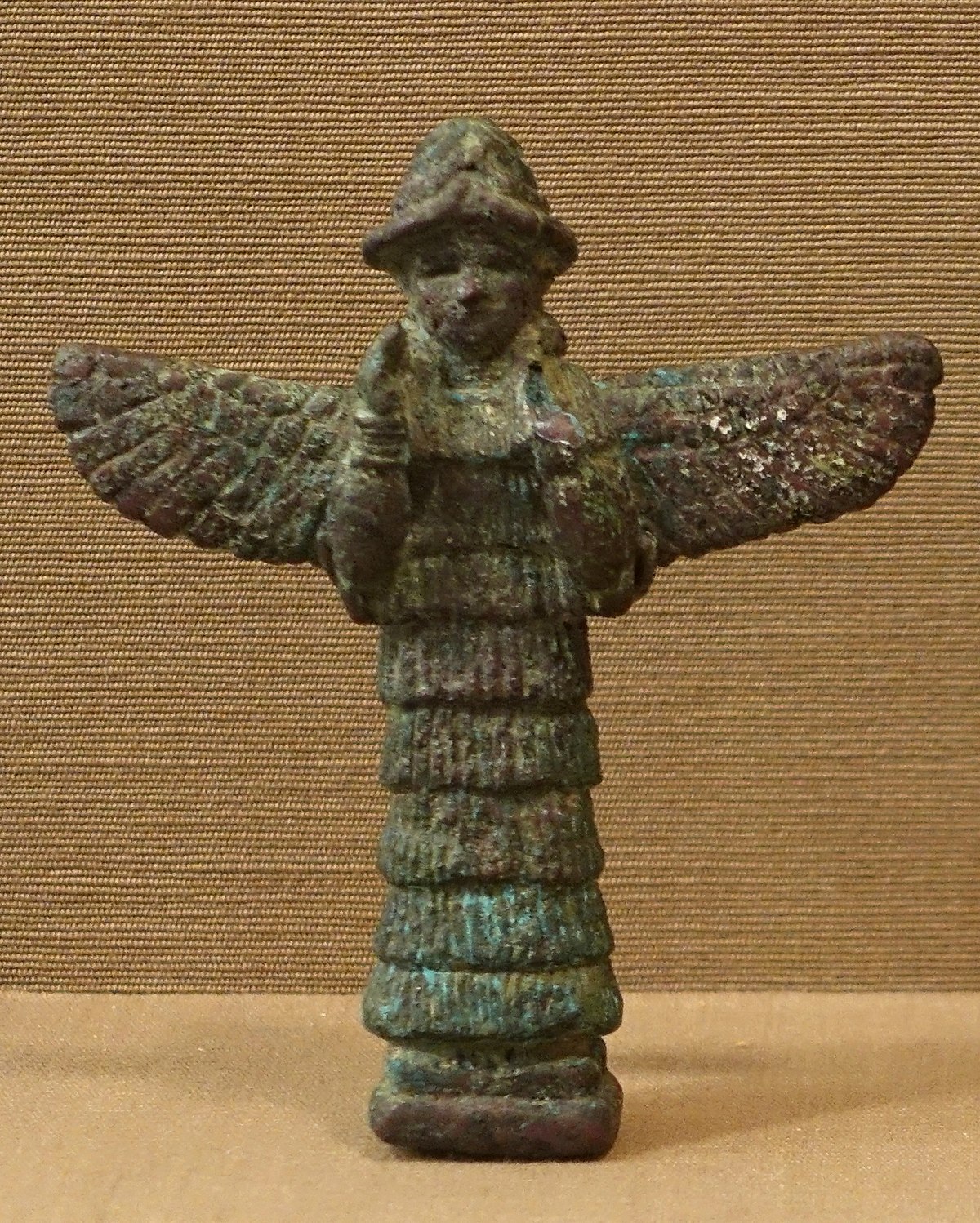
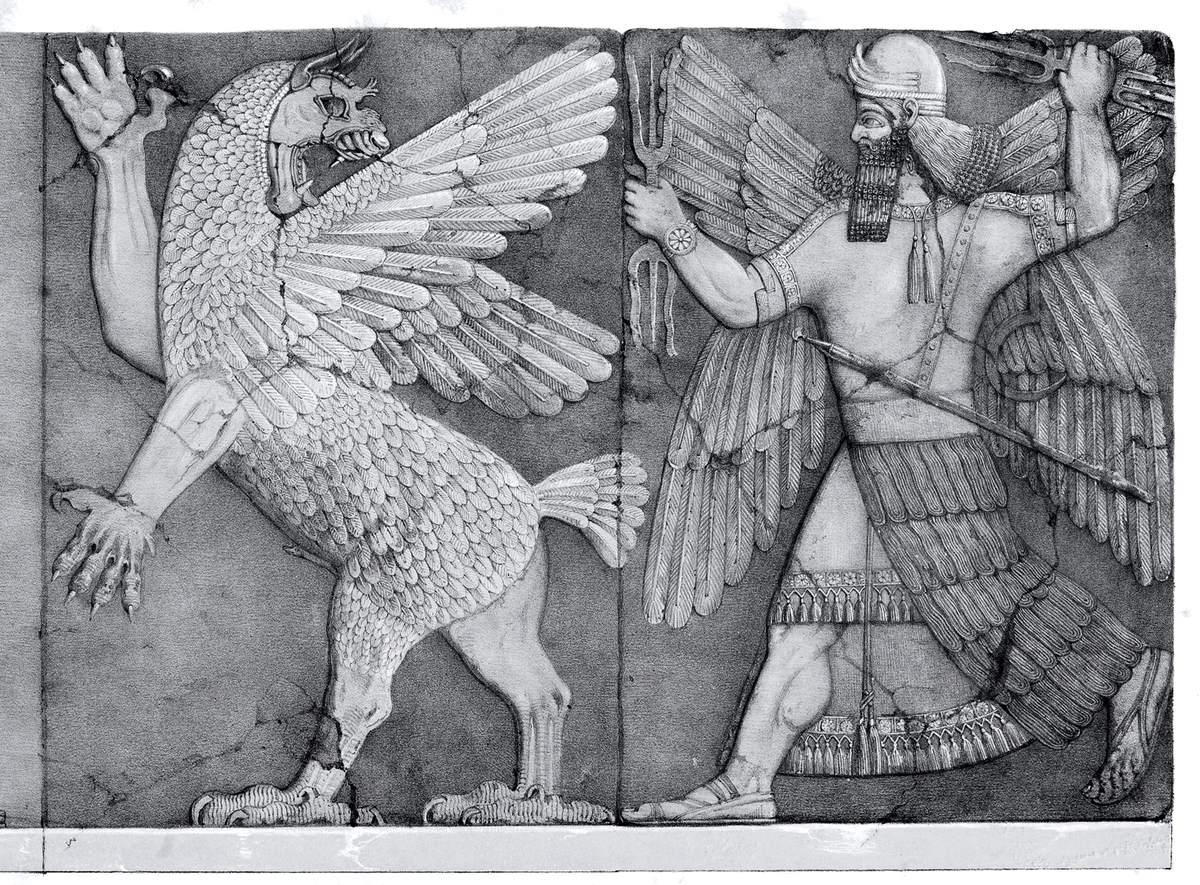
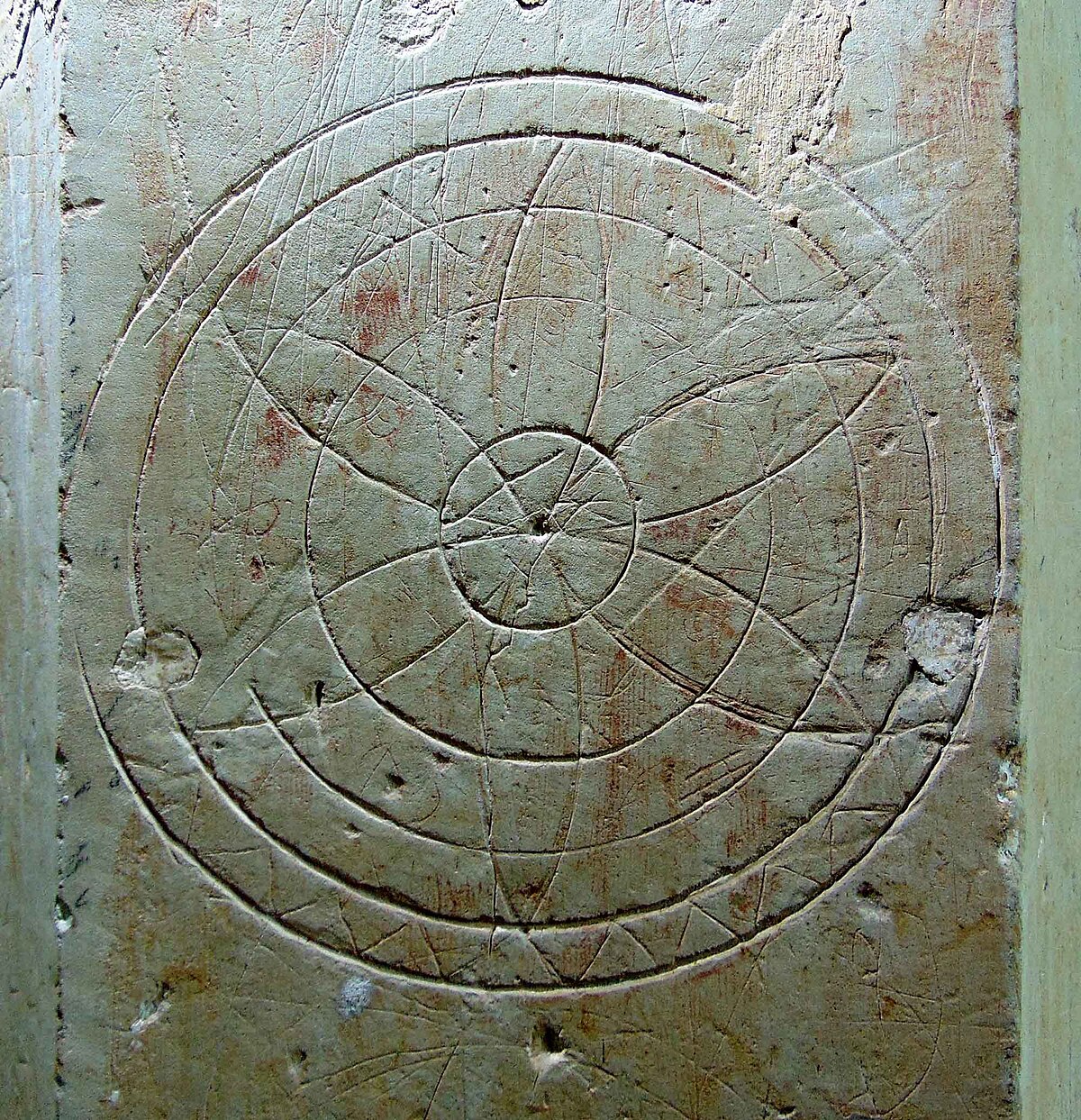
Theme Music
Theme music by
sirobosi frawstakwa

